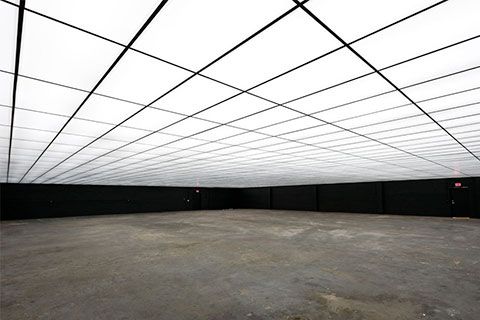7 Things to Consider When Planning Your First “In-Person” Event in 2021
Australia is leading the way in regards to getting COVID under control and returning to life as normal, as safely as possible. As event professionals, we need to be leading the way too. If we can plan and activate events safely, the community as a whole will be better off. Social interaction, whether it be for fun or business, needs to happen – we cannot sit in front of a screen for the rest of our lives!
So, as you prepare yourself to re-enter the world of hosting in-person events, here are a couple of things you may like to consider….
1. Pre-registration is a must
Getting your attendees to pre-register is no longer an aim, it’s a must do. This will not only help you with planning and budgeting, but it will help you manage the all-important capacity of the venue.
Depending on the type of event you’re planning, you could use the pre-register information that you gather to help with pre-event marketing and, to upsell exclusive experiences and additional products related to the event.
When asking attendees to pre-register, use the opportunity to tailor experiences to them. This may include allowing them to pre-select seating in a (sanitised) chillout area, book a meeting at an exhibition stand or pre-order catering to be collected at a specific time.
Consider too, if allocating timed entry in advance may help avoid queues and crowding.
2. Touchless check-in
Now is the time to consider your check-in process very carefully. How can you quickly register your guests without causing a back log, as well as gathering that all important attendee data?
Answer – make check-in compulsory via an app/ QR code!
While many event organisers were using this technology prior to the pandemic, it was at times difficult to get attendees to adhere to the process. Now it’s second nature for people to scan a QR code and “check-in” (thank you, COVID!). So, let’s use that to our advantage.
Make this process easy, but also don’t miss the opportunity to collect important data and interact with your attendees via an event app.
Rent a location for your next film or photo shoot project on Giggster – A better way to book locations.






3. Prepare your guests in advance
In your pre-event correspondence – whether it be for an exhibition or small meeting, birthday party or business lunch – inform your guests as to what is expected from them and what you will be providing in regards to safety measures.
This may include; the need for them to wear a mask, maintain social distancing, book a spot at a booth/ table or meeting in advance or download the event app for important announcements.
An app or micro website all about the event is a great way to communicate ahead of an event everything a guest needs to know to get the most from the experience.
4. Signage and zoning
Keep it simple and clear – where should people go, where should they stand and sit (or more importantly – where they shouldn’t). Direct people in a friendly and informative way so that everyone feels comfortable and you’re conforming to social distancing requirements.
One idea would be to create “safe” zones where people can rest in safety during a large business event. These spaces could be booked in advance (dependant on event style and space available). Provide WIFI, socially distanced seats and pre-ordered catering.
5. Have the basics on hand
Be prepared for your guests to forget something and have the basics on hand….
Forgot or lost a facemask? Have plenty on hand (perhaps have a branded facemask where appropriate)
Hand sanitiser stations (these can come branded too!) should be located at entry and exit points, outside bathrooms, near places where people are eating, on exhibition booths, in meeting areas – everywhere!
You may even consider including a handy branded sanitiser bottle in your conference bag.
6. Make cleaners visible
Discreet yet visible – attendees are going to want to know and see that cleaning of common areas is taking place throughout the event on a regular (and consistent) basis.
If there are areas where many people will pass through or congregate, then have sanitising teams on hand to refresh before a new round of attendees use the space. Make budget for this – you want it to happen fast and professionally – don’t leave guests lingering in a queue waiting for it to happen.
7. Don’t forget virtual elements still count
You might be over attending events online, but there are still going to be people who prefer to engage with your event from a virtual platform. Whether that’s by a live stream or a recording, not everyone will be able to join you on the day. And, as we’ve known for a while – well before COVID – creating virtual elements of your event can extend the reach of your audience exponentially, if done well.
If you need a supplier to help get your events virtual or hybrid ready, check out these great AV suppliers who can provide live streaming, web casting and filming of events: https://www.eventbirdie.com/search/suppliers/livestreaming-webcasting/

